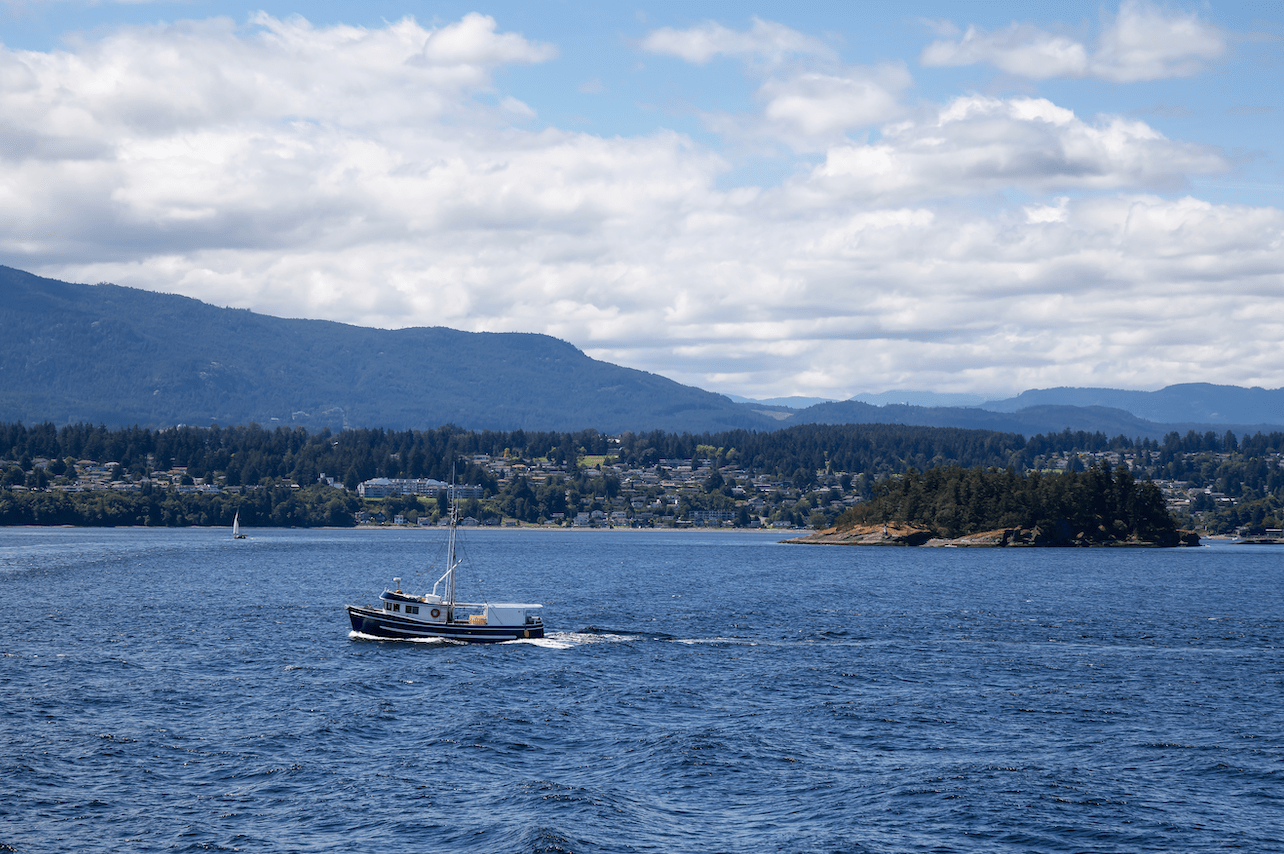
NANAIMO – Nanaimo Airport Commission is taking a leadership position to help fuel the Central Island’s economic recovery with a $28.8-million infrastructure capital plan.
The investment over the next five years will enhance Nanaimo Airport’s (YCD) infrastructure to provide additional route development options, including Toronto, Edmonton, Kelowna and seasonal sun destinations.
We’re pro-actively embracing our leadership role as a key economic driver for the region,” says Dave Devana, President and CEO. “Our investments will create jobs and opportunities with multiple economic spin-offs that touch all corners of the region we serve. Our new infrastructure capital plan will help Nanaimo Airport and our region recover from the impact of the pandemic while ensuring the airport continues to meet the needs of leisure and business travellers for the next generation.
“We can safely reconnect travellers to the world when they’re ready to fly again, and we’re looking to create even more options for our customers.”
Nanaimo Airport Commission adopted the 2021-2025 Financial Plan last month. The budget is based on a slow pandemic recovery with passenger traffic returning to 2019 levels by 2024.

Dave Devana
No tax dollars used to fund airport operations
“It’s important to note that no government taxes are used to finance the ongoing operations of Nanaimo Airport,” Devana adds. Nanaimo Airport Commission is a non-profit, self sufficient corporation. It generates revenue through passenger fees, parking fees and leases. All net income is reinvested in infrastructure improvements. Government grants have helped fund capital projects, such as the new Airport Terminal Building, that enhance economic development opportunities — especially tourism-related ones — in Central Vancouver Island.
The COVID-19 pandemic presented the airport with the most difficult financial challenges in its history. An estimated 181,072 passengers will travel through its gates in 2020, down an estimated 63 per cent from the record 491,499 in 2019. As a result, the airport forecasts a $1.4 million loss in 2020 compared to a $3.75 million surplus in 2019.
“We’re an essential service so we can’t close even during a pandemic,” Devana notes. “Our region depends on us for the transportation of people and critical supplies. Our Board of the Commission did a tremendous job of navigating extremely difficult circumstances to ensure we’ve been there for our communities.”
Throughout the pandemic Nanaimo Airport Commission has focused on enhanced health and safety measures for passengers, partners and staff. Its staff retention plan is keeping people working and the airport open with the support of the Canadian Wage Subsidy Program.
Safety-First Philosophy
Nanaimo Airport has always made safety its top priority. As vaccines begin to arrive, the airport and its airline partners have implemented enhanced safety protocols to give travellers some peace of mind.
“The risk of catching an infection on an aircraft is typically lower than in a shopping centre or office environment,” says the International Air Transport Association, the aviation industry’s global trade organization. And the International Civil Aviation Organization, a United Nations agency, rates the likelihood of contracting the virus while on flights as “extremely low.”
Nanaimo Airport’s layered approach to airport safety includes a touchless parking app and self baggage tagging at check in, mandatory masks and physical distancing. The measures are in addition to enhanced cleaning and sanitization protocols that help protect the entire airport community, from travellers to airport staff to employees of businesses based at the airport.
Once aboard planes, passengers benefit from even more safety protocols implemented by air carriers, such as Air Canada and West Jet. The steps range from using hospital-grade disinfectant while defogging planes to screening travellers with temperature checks before boarding.
Powerful HEPA filters in the planes have a bacteria and virus removal efficiency rate of more than 99 per cent. “Very few travelers know that the HEPA filters circulate new air into the cabin 20 to 30 times per hour, and the circulation is primarily top down so any contaminants are removed from the cabin through the floor,” explains Devana.

